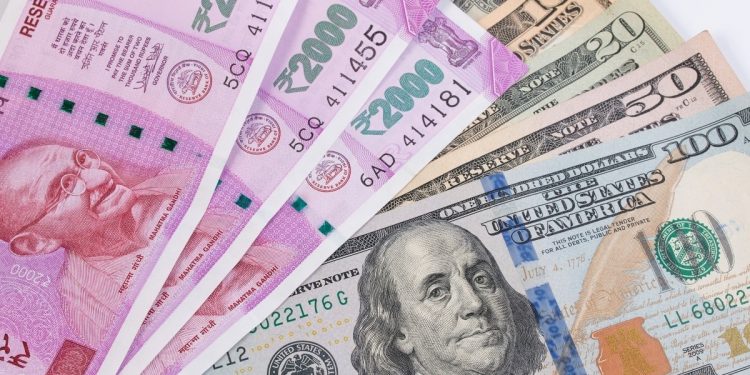Indians who work and live overseas are anticipated to send home a record sum of funds this year. A World Bank report released this week predicts that remittances to India will reach $100 billion, up 12% from the previous year.
Remittances, which are expected to reach a record of $100 billion this year, are cash that NRIs and Indians working abroad invest in their home countries or send to family members.
Indians back home who take pride in the accomplishments of the diaspora frequently get chills when they hear news like Rishi Sunak becoming UK PM or Sundar Pichai and Satya Nadella leading major tech corporations. Beyond the emotion, though, the over a million Indians who move abroad each year to work and live to add to the 1.33 crore who do so by sending money home.
In the midst of efforts by international businesses to entice qualified Indian people with wage increases and post-pandemic strong employment demand, the record remittances are expected to strengthen the finances of the world’s fifth-largest economy. The increase in remittance inflows was aided by the rupee’s depreciation as well.
The pattern is not constant throughout South Asia. The World Bank indicated that due to the severe domestic and international shocks that have affected Bangladesh, Pakistan, and Sri Lanka, remittances made by migrants from those countries are anticipated to decline this year.
The World Bank report said, “Migrants responded to exchange rate depreciations in home countries by sending less money through formal channels and opting for black-market premia in the parallel exchange markets”.
According to a World Bank report, highly skilled white-collar Indian employees were sending more money home to their families while residing in high-income nations like the United States, the United Kingdom, and Singapore. Indians as a whole continue to make significant shifts from low-skilled blue-collar to white-collar employment, notably in the Gulf region where the majority of Indian migrants are located, it was said.
Cash transfers from high-income nations to India increased from 26% in 2016–17 to over 36% in 2020–21. The World Bank said, citing Reserve Bank of India data, that the contribution from five Gulf countries—including Saudi Arabia and the United Arab Emirates—declined to 28% from 54% at the same time.
An important source of monetary inflows for India is the diaspora of Indians. In the last year, the nation spent almost $100 billion of its foreign exchange reserves on efforts to combat the Covid-19 pandemic and close the fiscal gap in the face of difficult international circumstances characterised by conflicts, a slowing economy, and the possibility of an impending recession.
Although a decline in the value of the Rupee may be unfavourable for Indians living at home, it increases the amount of money sent from elsewhere. Since those currencies gain strength against the Rupee, anyone earning in dollars, euros, or pounds sterling can invest more in India or help their relatives spend more. Remittances benefit from the depreciation of the rupee, but they also contribute 3% of India’s GDP and increase cash flow.
The amount of money that migrant workers send to their families in India is more than that of any other nation, far surpassing that of Mexico, China, and the Philippines. China has six hundred thousand more people working abroad than the Indian diaspora, which explains the disparity. The majority of remittances to India came from wealthy individuals in the US, UK, and Singapore.
No other Asian nation has seen an increase in remittances outside India and Nepal; in fact, all of them will experience a 10% fall. A decrease in the amount of money flowing from their migrant workers abroad will result from the economic shocks in Pakistan, Bangladesh, and Sri Lanka.











